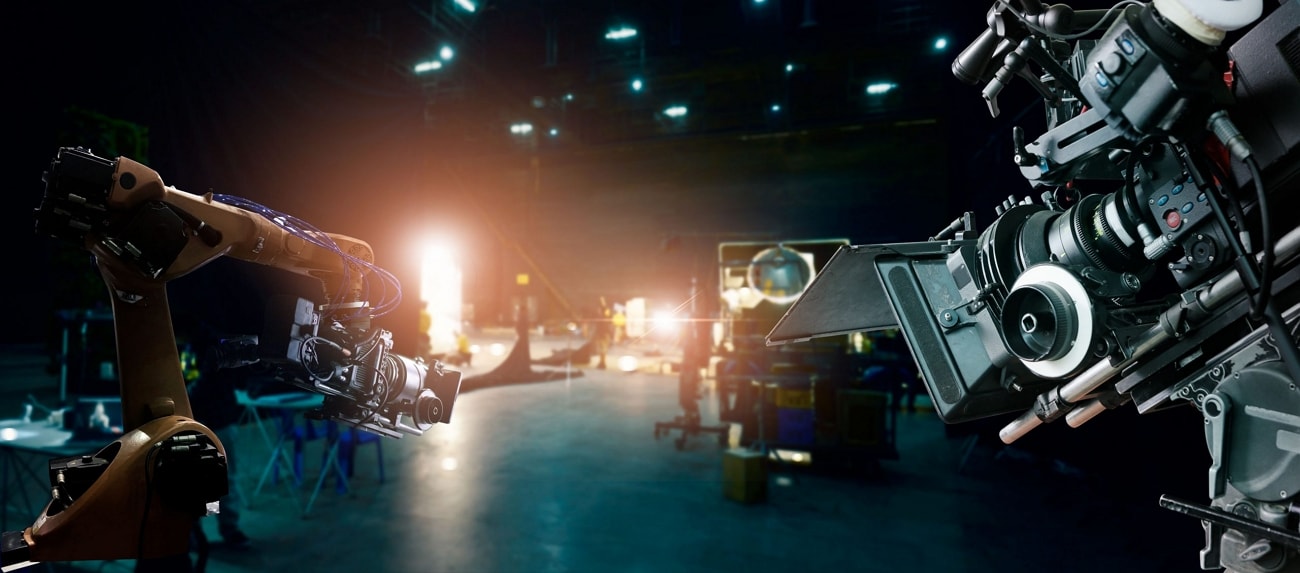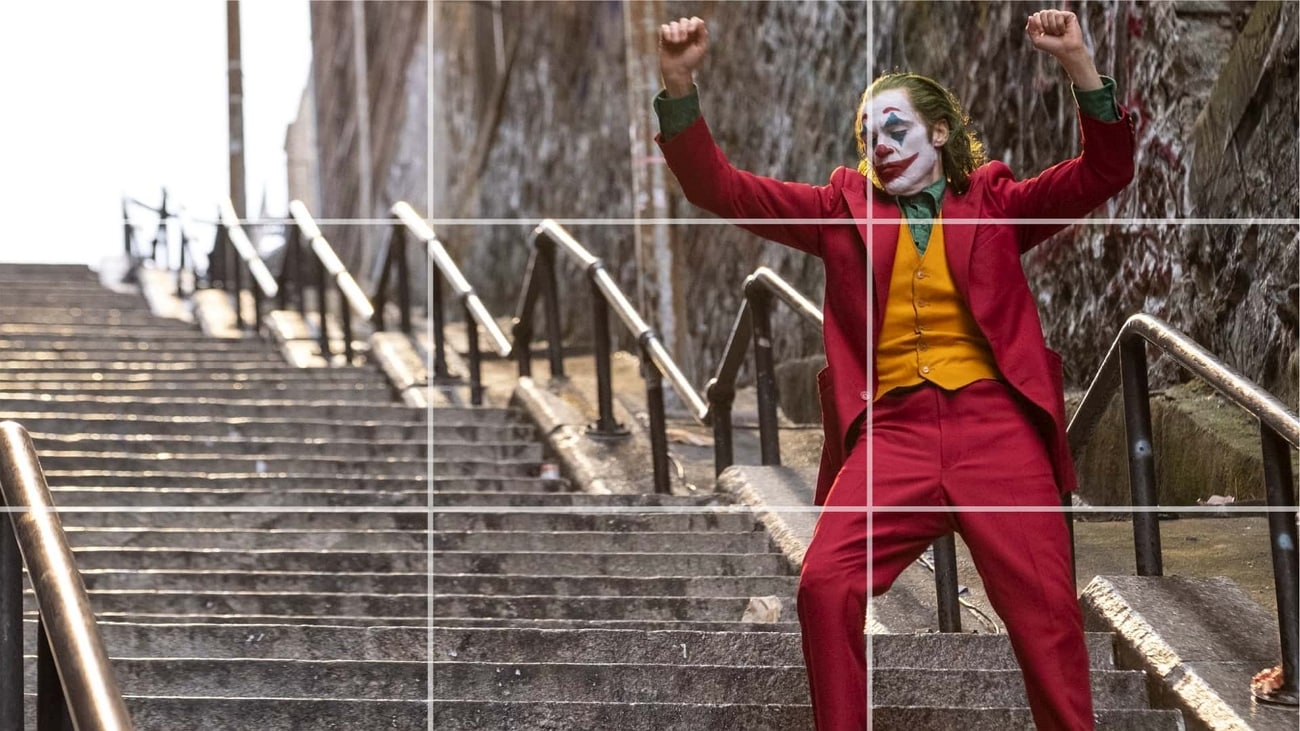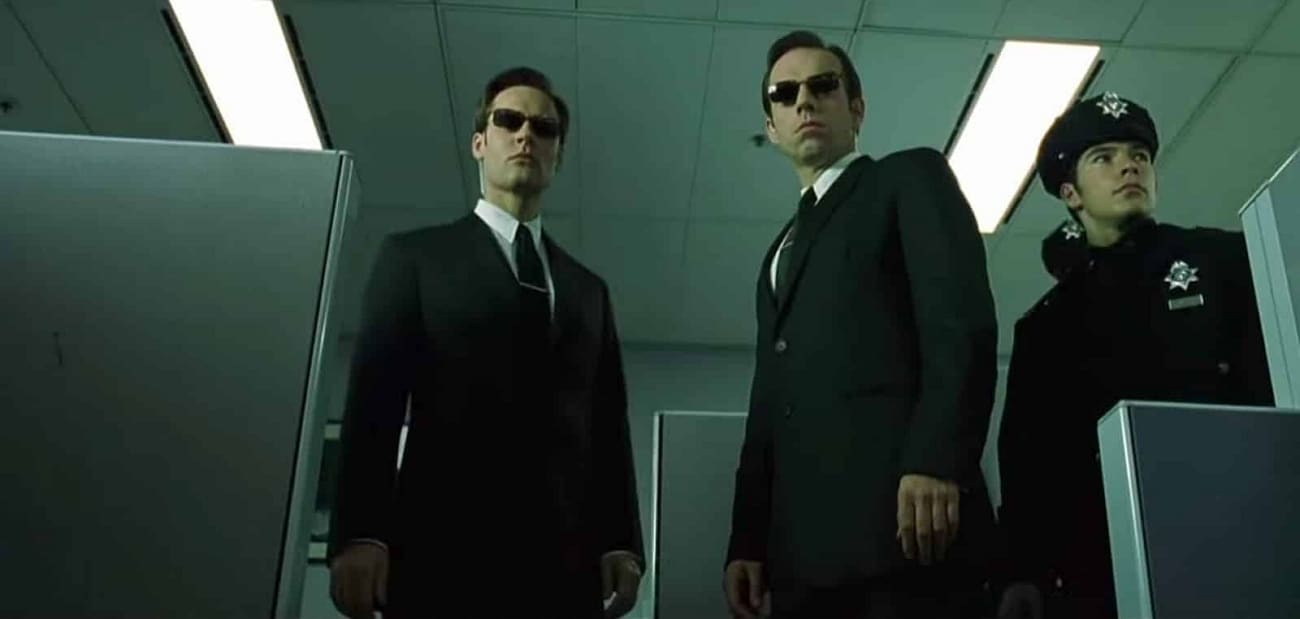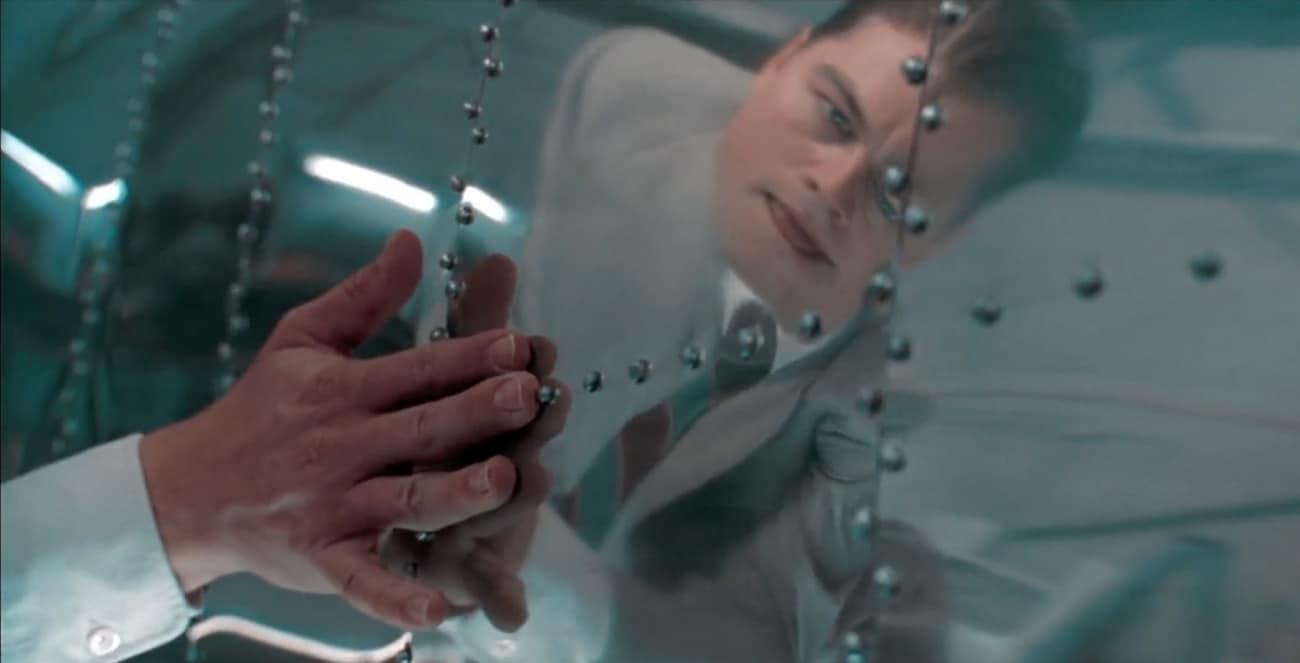AI has done wonders in automating the film industry. The producers can do complex and repetitive tasks in a minute by incorporating AI. Overall, the automation of composition in film is changing the field by organizing procedures. It provides new opportunities for innovative ideas and improved quality. Automation is being used more and more by experts in the film business to speed up the workflow.
AI has automated film production to produce creative and engaging material. From the start of the film planning till the editing process, it has contributed a lot. Here, let's discuss more about the techniques used in video composition. Some essential composition techniques that will be addressed are low camera angles, rule of thirds, and center composition.
In this article
The best editor can make automation of composition in video editing.

Part 1: Automation in Filmmaking: An Overview
Automation in the film industry means applying technology in the filmmaking process. It includes using software, tools, and equipment to automate repeating activities. This results in the enhancement of productivity in the industry. It lets the filmmakers focus on more creative ideas. The film industry has undergone a transformation, which has increased output.

1. Pre-Production
Script Analysis and Breakdown
Automated software can examine scripts and make the required changes. It automatically creates different breakdowns of scenes, characters, props, and places where the act occurs. This assists in efficient planning and budgeting for the filmmaking process.
Budgeting and Scheduling
Automation systems can facilitate the formulation of budgets and schedules and resource optimization. This helps in ensuring adequate money and funds utilization.
Storyboarding and Previsualization
By using 3D models, virtual environments, and animation, automation helps in making storyboards. It enables the producers to analyze and assist them in visualizing scenes before actual shooting is carried out.
Casting and Auditions
Automated online platforms and tools have helped a lot in talent searches. This results in an improved and accessible casting process. AI has contributed a lot to effective talent hunting by automating the process.
2. Production
Camera Movement and Robotics
Automated cameras and robotics allow repeated and accurate camera movements. This will help efficiently track shots and effective camera movements to provide the finest data.
Remote Camera Control and Management
Automation enables remote monitoring and control of cameras, lights, and other equipment. It has improved productivity by eliminating manual tasks. This also results in the increased safety of the filmmakers, enabling them to work remotely in the endangered shooting areas.
Drone Filming and Chroma Key
Automated drones are capable of recording aerial views. They can capture complex camera movements with accuracy. This offers a very different insight and angles in accurate sequence. Filmmakers can visualize the finished scene while filming behind a green screen with the help of automation.
3. Post-Production
Editing and Color Grading
Editing is the most crucial part of the filmmaking process. Automating techniques assist in color grading and workflows. It also facilitates robotizing the repetitive processes to improve the editing process.
Sound Design and Mixing
Automation makes the procedures of sound editing and mixing simpler and improved. It guarantees the exact syncing of audio components. It helps the producers to focus on other details that can add quality to their work.
Automated Transcription and Subtitling
The software automatically transcribes spoken speech into text files. They are efficient enough to create accurate subtitles in real-time. AI has enhanced the reachability of content beyond language boundaries.
Data Management and Archiving
Data management has become automated due to the involvement of technology in every field. Automation makes it easier to organize and preserve assets by maintaining their quality. It is capable of saving large data files.
4. Distribution and Marketing
Content Distribution and Content Management
Automated tools make it easier to distribute movies to different theaters. This results in enhanced streaming services and distribution channels. It also assists in scheduling and planning marketing strategies. Pre-planned social media posts and advertisements enhance audience interaction.
Analytics and Insights
Automation offers information on audience behavior and engagement. That aids in the formulation of marketing plans and decisions by filmmakers. This has played a significant role in their decision-making process regarding movie-making.
5. Challenges and Considerations
Although automation has many advantages, there are still issues to consider. These issues are mostly balancing between automation and human innovation. People usually have trust issues, and automation has guaranteed data security. It has also addressed the concerns about potential job displacement.
Part 2: The Major Elements of Composition in Filming
We have learned about automation in the film industry. AI has made the task easier for filmmakers. Let's explore the essential elements of the composition. Also, know how these elements have contributed to making the industry better and better:
1. Rule of Third
John Thomas Smith was the first person to propose the Rule of Third in filmmaking. According to this rule, the image looks more aesthetically pleasing. This is due to the two imaginary horizontal and vertical lines. The purpose of this line is to arrange the components of the frame into equal parts. The point where these lines meet is the best point to place the object into the frame.
The human eye gets attracted to these points naturally. The composition doesn't need to always require these points. The rule of third softens the image flow by adding more aesthetics. It is also applicable in the film industry, photography, visual arts, and design industry.

2. Center Composition
Center composition draws the viewer's focus on the main object. This setting is mainly done by default in the systems. As implied by the name, the focus point is placed in the center of the frame. Placing the object in the center tells the intention of the photographer. This type of composition is used in taking close-up shots.
Photographers must keep in mind that their main subject should be isolated. This will help them make their object stand out and be more prominent. This composition has made nature photography more convenient and outstanding.

3.Diagonal Composition
Diagonal composition is required to get the focused shots of these elements that are diagonally arranged. The number of diagonal lines used in the composition depends on the nature of the frame. More than one and intersecting lines are also used. Another thing that makes them more compelling is that they can not necessarily be placed in the center.
This type of composition is usually used to take shots of landscapes. It is recommended to keep the area larger below these lines. This will help to make the shot more stable and focused. Such a composition can highlight perspective, create dynamics, and give the picture a sense of depth.

4. Low Angle Shots
Low camera angle shots are taken by placing the camera below the center. Wide shots can be taken by using low camera angles. These shots are usually used to convey the taller expression of the main object. A low camera angle is used to increase the top end of the broader vision. These angles make the object appear larger, wider, taller, and closer.
These images are usually taken by placing the camera lens at 45 degrees. Extreme low shots are the shots that are taken by keeping the camera below knee level.

5. Reflection Shots
Reflection shots are the most creative way to showcase the same scene differently. In this process, the photographer needs to understand the different reflective surfaces. This can be commonly applied in nature photography. Lakes and ponds reflect the trees and sky; this photography technique best captures these scenes.
Choosing the right angle is the tricky part of taking the best reflections. Photographers can play around the different angles and positions while taking these shots. They keep changing their positions to varying heights until they get the best shot.

Part 3: Improving Video Content Creation and Editing with Wondershare Filmora
Filmmaking has developed a lot with AI incorporation. Regardless, these automated films still have room for final touches. Wondershare Filmora is an AI-powered video editing tool with the finest editing features that help producers do complicated tasks in minutes.
They can alter the video settings with Wondershare Filmora with a single click. It allows the presets and customized settings options that have made the task easier and quicker.
Key Features of Wondershare Filmora That Make Video Editing Simple
While it has been clearly stated that Filmora is a simple and diverse video editor, look through some of its top AI features that make video editing basic and easy:
1. Remove Video Background
Remove or convert the background from the videos using the automated functionality of Filmora. It eliminates the time-consuming manual methods. The video editor analyzes your instructions and removes the background from each frame.
2. Auto Reframe
Auto reframe enables the users to resize or reframe the videos according to their project settings. It tracks the moving objects throughout the video to keep them in the frame. This feature provides different framing ratios to customize your video frame. This will make your video fit the frames of various social media platforms.
3. AI Audio Denoise
AI audio denoise feature of Filmora detects the background noise. It removes these noises from the videos and the audio files. It performs three essential steps to remove the noise. First, it enhances the voices and undergoes reverb reduction. In the end, it removes the hissing sound from the input file. This tool detects the nature of the audio file and undergoes suitable changes.
4. Auto Beat Sync
The auto-synchronization feature of Filmora allows syncing the two files together automatically. Make your videos sound clearer by recording two different audio and video files. Add them to the Filmora, and it will give you a single video file with incorporated audio in it.
Conclusion
To summarize, computerized procedures have replaced humans. Apart from making the task easier, they have enhanced the composition productivity in film. These tools help the producers to plan more tasks and be creative. It gives room to generate new ideas according to the public demand. Every field incorporating AI in its work process has excelled at limitless boundaries.


